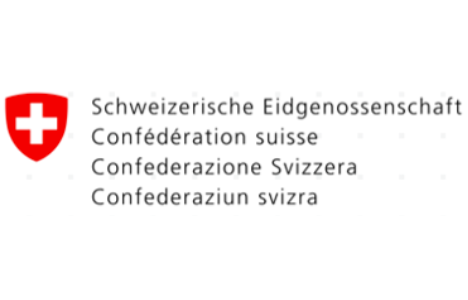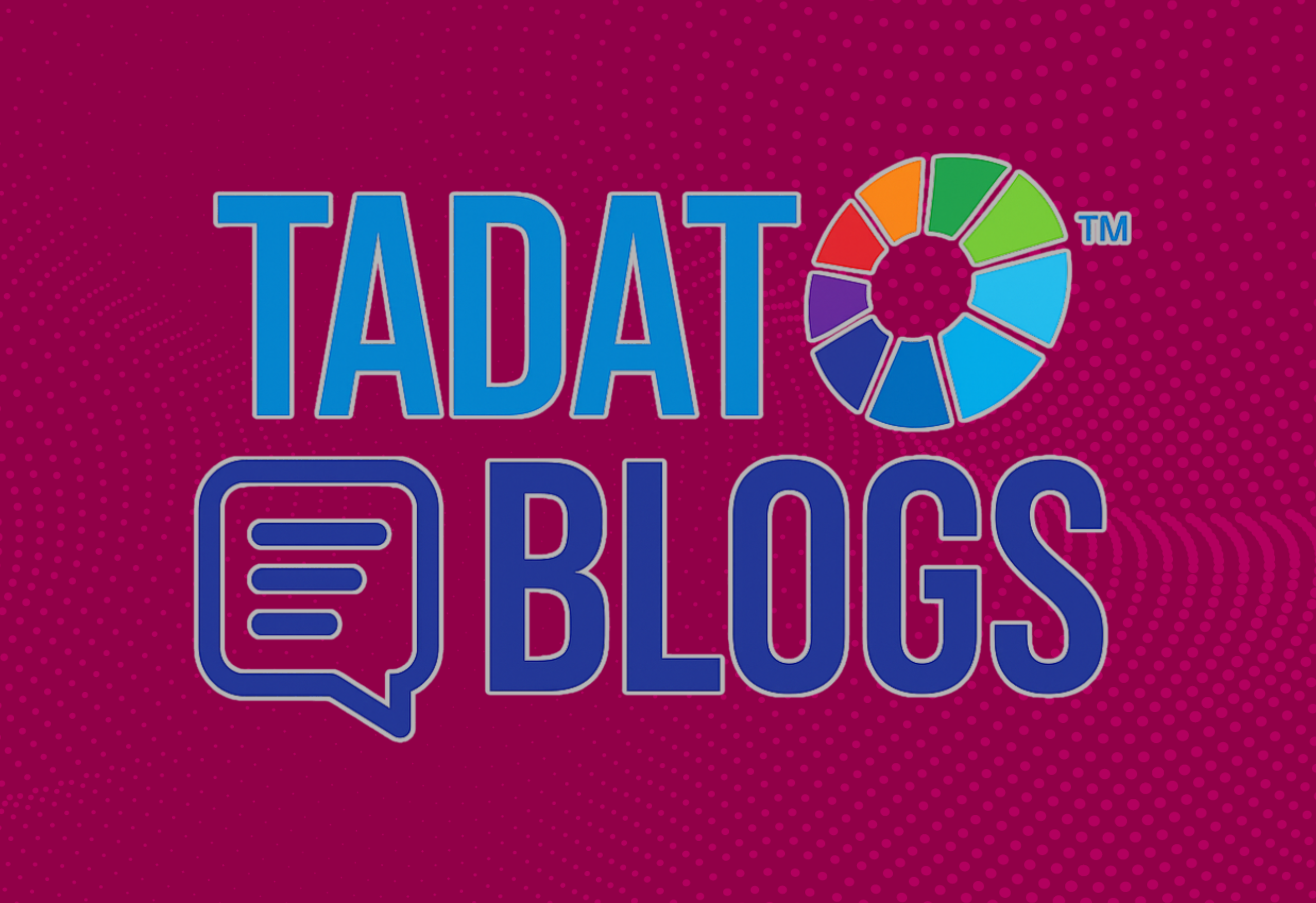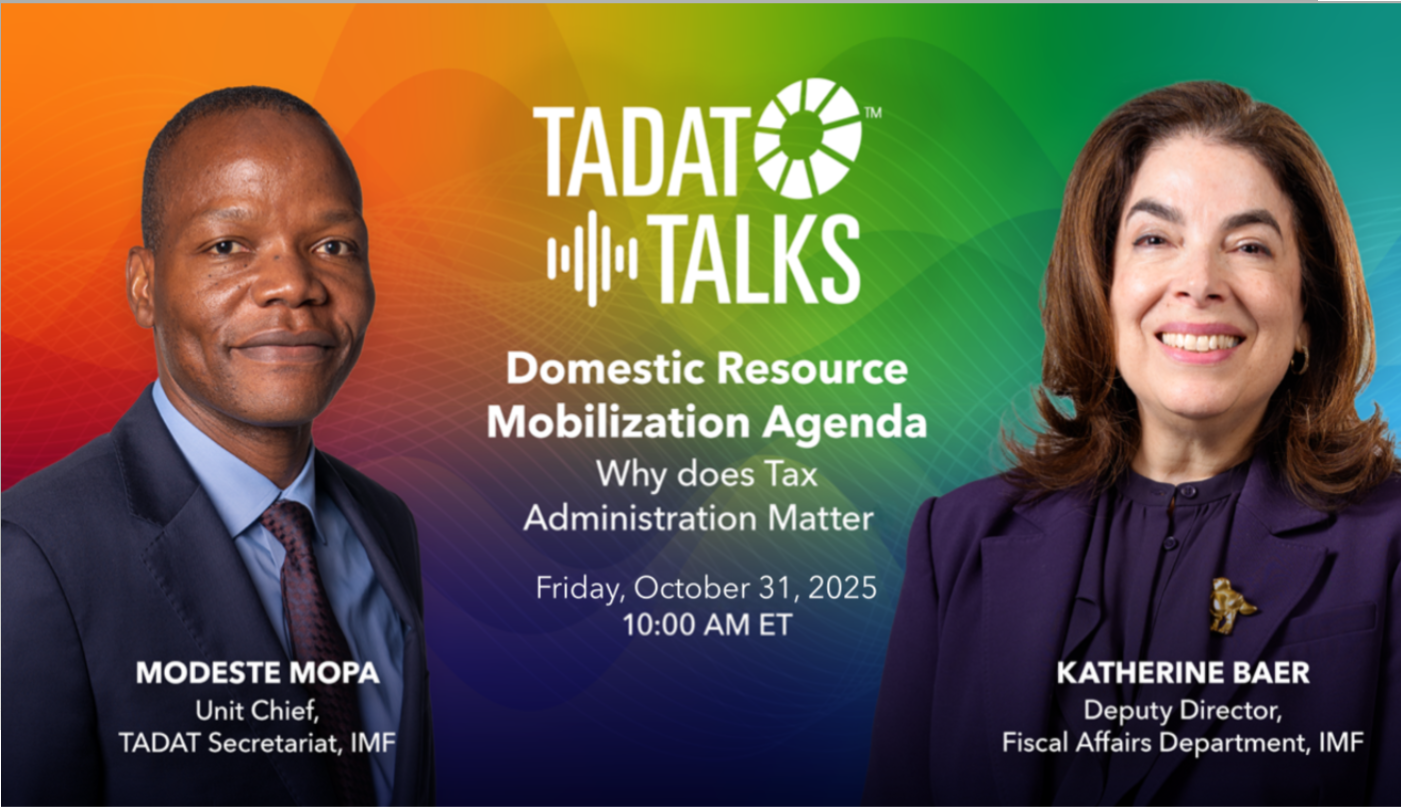.
- TADAT Talks
- PAR Pub
- Trainining-WB
- Webinar- WB
What is TADAT
It is an integrated monitoring framework that measures performance of a country’s tax administration at a point in time. This framwork is focused on the 9 key performance outcome areas (POAs) that cover most tax administration functions processses and institutions.
The 9 key performance outcome areas (POAs) are assessed on 32 high-level indicators, each built on 1 to 5 dimensions adding up to 55 measurement dimensions, making TADAT a comprehensive but administrable diagnostic tool.
The TADAT Famework

Please click on each POA section on image to view details
Integrity of the Registered Taxpayer Base
All businesses, individuals, and other entities that are required to register are included in a taxpayer registration database. Information held in the database is complete, accurate, and up-to-date.
All businesses, individuals, and other entities that are required to register are included in a taxpayer registration database. Information held in the database is complete, accurate, and up-to-date.
The extent of initiatives to detect businesses and individuals who are required to register but fail to do so.
Effective Risk Management
Risks to revenue and tax administration operations are identified and managed effectively.
Extent of intelligence gathering and research to identify compliance risks in respect of the main tax obligations.
Process used to assess, rank, and quantify taxpayer compliance risks.
Degree to which the tax administration mitigates assessed risks to the tax system through a compliance improvement plan.
Process used to monitor and evaluate the impact of compliance risk mitigation activities.
The process used to identify, assess and mitigate operational risks.
The extent to which the effectiveness of the business continuity program is tested, monitored and evaluated.
Supporting Voluntary Compliance
Taxpayers have the necessary information and support to voluntarily comply at a reasonable cost to themselves.
The range of information available to taxpayers to explain, in clear terms, their obligations and entitlements for each core tax.
The degree to which information is current in terms of the law and administrative policy.
The availability to taxpayers of information and guidance from the tax administration.
The time taken to respond to taxpayers and tax intermediaries’ requests for information.
The extent of initiatives to reduce taxpayer compliance costs.
The use and frequency of methods to obtain feedback from taxpayers on the standard of services provided.
The extent to which taxpayer input is taken into account in the design of administrative processes and products.
Timely Filing of Tax Declarations
Taxpayers file tax declarations on time.
The number of CIT declarations filed by the statutory due date as a percentage of the number of declarations expected from registered CIT taxpayers.
The number of PIT declarations filed by the statutory due date as a percentage of the number of declarations expected from registered PIT taxpayers.
The number of VAT declarations filed by the statutory due date as a percentage of the number of declarations expected from registered VAT taxpayers.
Action taken to follow up on non-filers.
The extent to which tax declarations are filed electronically.
Timely Payment of Taxes
Taxpayers pay their taxes in full on time.
The extent to which core taxes are paid electronically.
The extent to which withholding at source and advance payment systems are used.
The number of VAT payments made by the statutory due date in percent of the total number of payments due.
The value of VAT payments made by the statutory due date in percent of the total value of VAT payments due.
The value of total core tax arrears at fiscal year-end in percent of total core tax revenue collections for the fiscal year.
The value of collectible core tax arrears at fiscal year-end in percent of total core tax revenue collections for the fiscal year.
The value of core tax arrears more than 12 months’ old in percent of the value of all core tax arrears.
Accurate Reporting in DeclarationsAccurate Reporting in Declarations
Taxpayers report complete and accurate information in their tax declarations.
The nature and scope of the tax audit program in place to detect and deter inaccurate reporting.
The extent to which the audit program is systematized around uniform practices.
The extent of large-scale automated crosschecking to verify information reported in tax declarations.
The nature and scope of proactive initiatives undertaken to encourage accurate reporting.
Effective Tax Dispute Resolution
The tax dispute resolution process is fair and independent, accessible to taxpayers, and effective in resolving disputed matters in a timely manner.
The extent to which an appropriately graduated mechanism of administrative and judicial review is available to, and used by, taxpayers.
Whether the administrative review mechanism is independent of the audit process.
Whether information on the dispute process is published, and whether taxpayers are explicitly made aware of it.
The time taken to complete administrative reviews.
Efficient Revenue Management
Tax revenue collections are fully accounted for, monitored against expectations, and analyzed to inform government revenue forecasting. Legitimate tax refunds are paid promptly.
The extent of tax administration input to government tax revenue forecasting and estimating.
Adequacy of the tax administration’s tax revenue accounting system.
Adequacy of the VAT refund system.
The time taken to pay (or offset) VAT refunds.
Accountability and Transparency
The tax administration is transparent in the conduct of its activities and accountable to the government and community.
Assurance provided by internal audit.
Staff integrity assurance mechanisms.
The mechanism for monitoring public confidence in the tax administration
The extent to which the financial and operational performance of the tax administration is made public, and the timeliness of publication.
The extent to which the tax administration’s future directions and plans are made public, and the timeliness of publication.
.
.
TADAT Assessment
TADAT Assessment Trends
Who we are
TADAT is a module of the Global Public Finance Partnership (GPFP)
- Partners
TADAT Secretariat Team
The TADAT Secretariat comprises a Head, three technical experts, a project analyst, and a division coordinator. Under the guidance of the Steering Committee, and in line with the Program Document, the TADAT Secretariat plans, implements, and monitors the TADAT program.
TADAT Communications
Outreach
TADAT Events
News & Updates


































